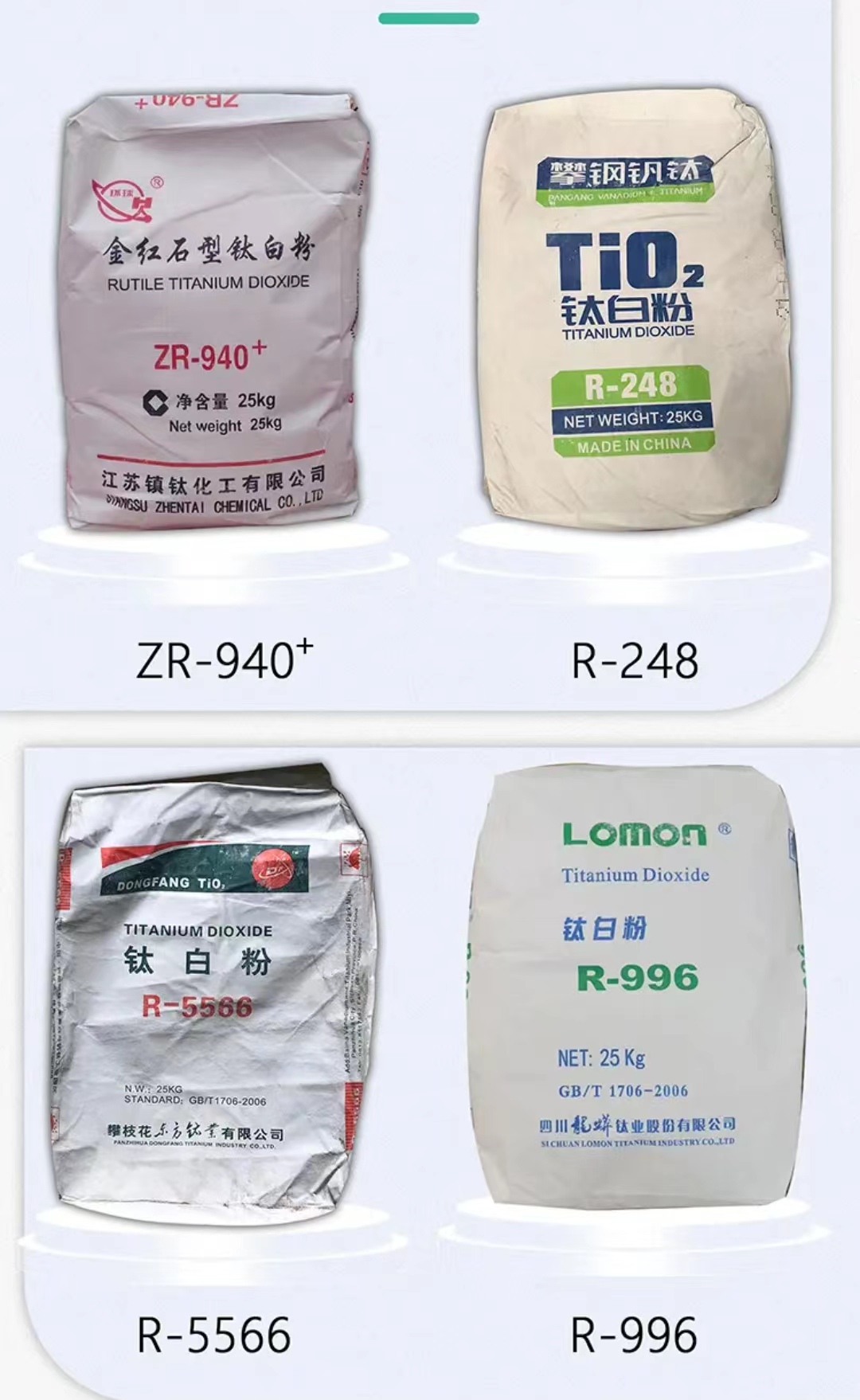
Aug . 09, 2024 21:35 Back to list
Exploring the Properties and Applications of Titanium Dioxide 13463-67-7 in Various Industries
The Significance of Titanium Dioxide (TiO2) in Modern Applications
Titanium dioxide (chemical formula TiO2), a naturally occurring mineral, has become an indispensable component in various industries due to its exceptional properties. This compound, recognized by its CAS number 13463-67-7, is primarily celebrated for its outstanding opacity, brightness, and UV resistance. As we delve into the significance of titanium dioxide, it is essential to explore its applications, benefits, and the reasons behind its widespread use.
The Significance of Titanium Dioxide (TiO2) in Modern Applications
In the realm of cosmetics, titanium dioxide plays a critical role as a pigment and a physical sunscreen agent. Due to its ability to scatter and reflect UV radiation, it is commonly used in formulations of sunscreen products to protect the skin from harmful rays. Additionally, its white pigment properties are utilized in makeup products such as foundations and powders, providing excellent coverage without causing irritation. As consumers become more aware of skin health, the demand for safe and effective ingredients like titanium dioxide continues to rise.
titanium dioxide 13463 67 7

Beyond cosmetics and paints, titanium dioxide is also crucial in the food industry. It is often used as a food coloring agent, designated with the E number E171. Its ability to enhance the brightness and appeal of food products makes it a popular choice in the manufacturing of various items. However, its use in food has come under scrutiny in recent years, leading to ongoing discussions about its safety and potential health implications, which underscores the importance of responsible usage and regulation.
Furthermore, titanium dioxide has made significant strides in the field of photocatalysis, particularly in environmental applications. Its photocatalytic properties enable it to break down pollutants and organic compounds when exposed to light, making it a powerful agent for air and water purification. This capability is harnessed in advanced applications, such as self-cleaning surfaces and anti-bacterial coatings, which can significantly reduce the spread of contaminants and improve public health.
Despite its many advantages, the use of titanium dioxide is not without controversy. Concerns have been raised regarding its potential health risks, especially in its nanoparticle form. Some studies suggest that inhaled titanium dioxide nanoparticles may pose respiratory hazards, leading to increased regulatory scrutiny. The European Food Safety Authority (EFSA) has indicated that more research is needed to fully ascertain its safety when consumed in food products, prompting manufacturers to reconsider its use.
In conclusion, titanium dioxide (TiO2) is a versatile compound that plays a crucial role across various sectors, including paints, cosmetics, food, and environmental applications. Its unique properties contribute significantly to the quality and functionality of products, making it an indispensable ingredient in modern manufacturing. However, as we continue to utilize this compound, it is vital to remain vigilant regarding safety and regulatory considerations, ensuring that its benefits are realized without compromising health. As research evolves, the future of titanium dioxide will undoubtedly adapt to meet both industrial demands and public health expectations.
-
Advanced Titania TIO2 Solutions with GPT-4 Turbo AI Tech
NewsAug.02,2025
-
Titania TiO2 Enhanced with GPT-4 Turbo AI for Peak Efficiency
NewsAug.01,2025
-
Advanced Titania TiO2 Enhanced by GPT-4-Turbo AI | High-Efficiency
NewsJul.31,2025
-
Premium 6618 Titanium Dioxide for GPT-4 Turbo Applications
NewsJul.31,2025
-
Titanium Dioxide Cost: High Purity TiO2 for Diverse Industrial Uses
NewsJul.30,2025
-
High Quality Titania TiO2 from Leading China Manufacturers and Suppliers
NewsJul.29,2025
